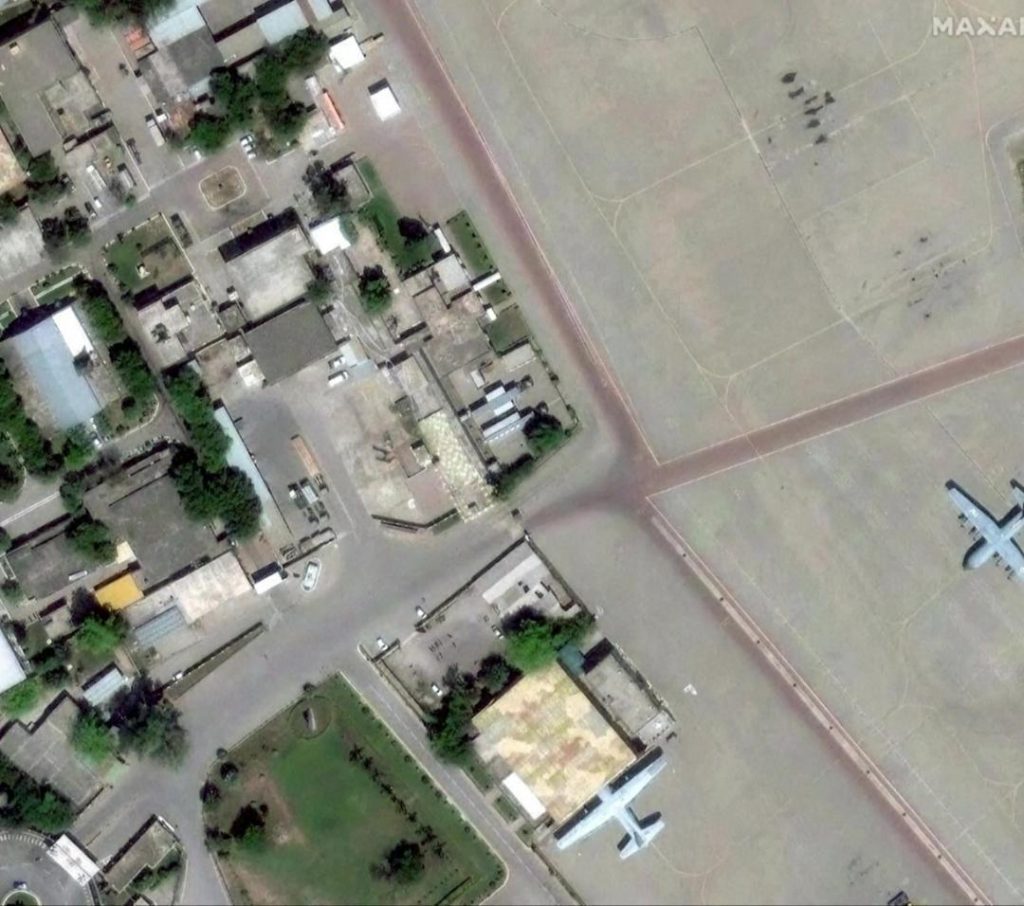
Air Defence Systems of China & Pak No Match for India’s BrahMos: Expert
In the recent escalation of tensions between India and Pakistan, the Indian Armed Forces carried out a series of precision strikes on Pakistan’s air bases, causing significant damage and sending a strong message to the Pakistani military. The strikes, which were carried out using India’s indigenously developed BrahMos missile, have been hailed as a major success by experts and have raised questions about the effectiveness of Pakistan’s air defence systems.
According to Colonel (Retd) John Spencer, an American urban warfare expert, the BrahMos missile used by India is a game-changer and is unmatched by the air defence systems of China and Pakistan. In an interview with a leading news publication, Colonel Spencer stated, “Chinese air defence systems and missiles are sub-par vis-à-vis India’s systems…India’s message was clear. It can hit anywhere in Pakistan anytime.”
The BrahMos missile is a supersonic cruise missile developed jointly by India and Russia. It has a top speed of Mach 2.8 (around 2,000 km/h) and has a range of over 290 km. The missile is equipped with a precision guidance system and can penetrate deep into enemy territory, making it a highly effective weapon against fixed and moving targets.
Colonel Spencer’s comments come as no surprise, given the BrahMos missile’s reputation as one of the most advanced weapons in the world. The missile has been used by India in several military operations, including the 2019 Balakot airstrike, where it was used to target terrorist camps in Pakistan.
Pakistan, on the other hand, has been relying on Chinese-made air defence systems, including the HQ-9 and HQ-12 surface-to-air missile systems. These systems are designed to detect and intercept enemy aircraft and missiles, but they have been criticized for their limited range and effectiveness against advanced threats.
In contrast, the BrahMos missile is designed to penetrate deeply into enemy territory, making it a more effective weapon against Pakistan’s air bases and other strategic targets. The missile’s high speed and maneuverability also make it difficult to intercept, giving Indian forces a significant advantage in terms of precision and effectiveness.
The use of BrahMos missiles in Operation Sindoore, as the Indian strikes were codenamed, has sent a strong message to Pakistan and its allies. The strikes have demonstrated India’s ability to project power across the border and has shown that Pakistan’s air defence systems are no match for India’s advanced weaponry.
The operation has also raised questions about the effectiveness of China’s air defence systems, which are being exported to several countries around the world. China’s air defence systems are designed to be highly effective against low- and medium-altitude threats, but they have been criticized for their limited range and effectiveness against high-altitude threats and advanced weapons like the BrahMos missile.
In conclusion, the use of BrahMos missiles in Operation Sindoore has demonstrated India’s military prowess and has sent a strong message to Pakistan and its allies. The missile’s advanced technology and precision guidance system make it a highly effective weapon against fixed and moving targets, and its range and speed make it difficult to intercept. As Colonel Spencer noted, India’s message was clear: it can hit anywhere in Pakistan anytime. This has significant implications for regional security and highlights the need for countries to develop their own advanced military capabilities to counter the growing threat from India.



